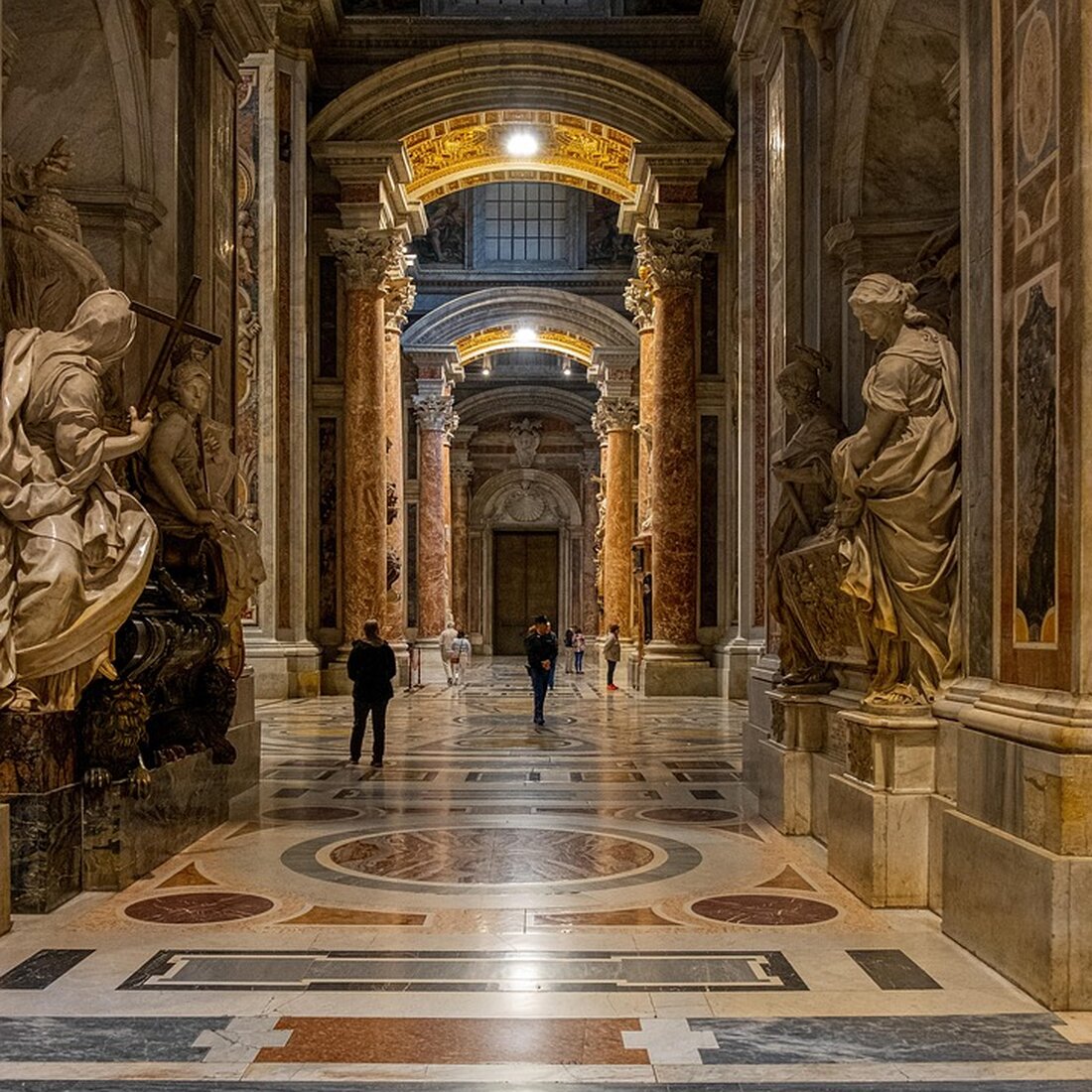Secret tunnel city under Rome: revelations in ancient hearts
Discover the secret tunnels under Rome! The Grottino del Campidoglio, an impressive underground labyrinth, will soon be opened to visitors. Learn more about his fascinating story!

Secret tunnel city under Rome: revelations in ancient hearts
rom - the archaeologist Ersilia d’Ambrosio can hardly rewink her excitement, while she leads through the slightly illuminated corridors deep below the Capitol hill, which was once in the heart of the ancient Rome. In a city in which almost every historical treasure was brought to light, this huge underground labyrinth is an undiscovered world.
a centuries -old secret
"Nobody has seen this caves and tunnels for more than a century," explains D’Ambrosio in an interview with CNN and continues to dive into the dark. These chambers extend over around 3,900 square meters and lie in an area under the ancient Roman forum and the 2,000 year old Teatro Marcello. At its lowest point, one of the caves protrudes about 300 meters below the surface.
The history of the Grottino del Campidoglio
The tunnels known as Grottino del Campidoglio have been part of Roman history since the times of Julius Caesar, although they have been forgotten in the past generations. Developed comprehensively in the Middle Ages, they were in continuous use until the 1920s and at various times they housed entire communities, shops, taverns, restaurants and during the Second World War people who brought themselves to safety in front of falling bombs.
for the first time in a century accessible
above on the mountain, on a hot July worries, on which CNN was granted exclusive access to the cave system, tourists sweated at 35 degrees Celsius, while she explored the place of the Capitol and the museum area, which was designed by Michelangelo in the 16th century. Seventy foot among them, in the grotto, is much cooler at about 13 degrees Celsius. The moist air makes the water shine on the tunnel surfaces.
reward of the tunnels
Most of the corridors are carefully built from bricks, a sign of their development in the 19th century. Others are roughly made of tuff stone, a soft volcanic stone from which the famous seven hills of Rome consist of. The passage through the tunnel leads us on a journey through time through the complex historical layers of Rome.
Almost a century after they were largely sealed at the order of the fascist dictator Benito Mussolini, the tunnels are now equipped with lighting, while scaffolding and other building equipment indicate that they are no longer left. In fact, preparations are currently being made to make the network accessible to visitors. At the end of 2026 or early 2027, the tunnels are opened as one of the latest historical tourist attractions of Rome.
a journey of discovery
For the experts who work on the preparation, entering the Grottino del Campidoglio is still a journey of discovery. Despite extensive renovation work in the area, including the Imperial and Roman Forum and the nearby Colosseum, the tunnels remained unaffected. D’Ambrosio emphasizes that the visitor experience in the grotto is designed to combine archeology and cave research and attract other visitors than those that concentrate on the more well -known sights on the surface. "This is an esoteric experience in many ways," she adds.
A look at the story
The underground complex served many purposes over the centuries: first as quarries, later as a water cistern, before it finally housed commercial structures and warehouses. In the 19th century, the caves were the economic center of a working group that lived in modest residential complexes that were built along the slopes of the hill. The German literary giant Johann Wolfgang von Goethe is said to have fell in love with a woman who worked in one of the taverns and described this experience in his travel report "Italian trip".
The influence of Mussolinis
Details about the use of the underground caves are sparse, but the work of the 18th century by Giovanni Battista Piranesi, an Italian archaeologist and artist, shows that they were once a lively part of the city center. Mussolini had the apartments tear down and filled some tunnels with soil to stabilize the hill over it as part of his large -scale modernization plan for Rome. During the Second World War, a small section was used as an air -raid shelter, equipped with heavy armored doors, and also in the tunnels there are still signs with the names for various "gabinetto", ie bathroom, which probably served as a refuge in front of the falling bombs during this phase.

 Suche
Suche
